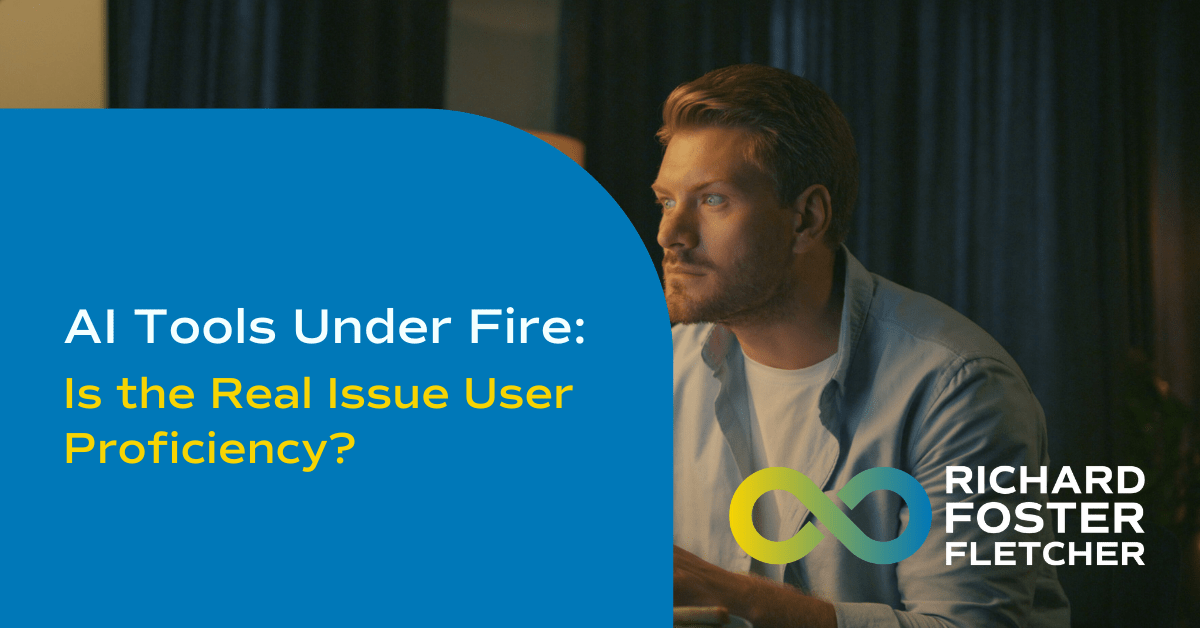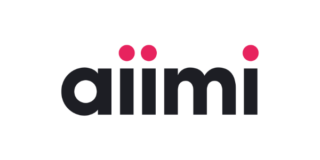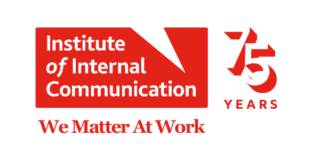
AI Tools Under Fire: Is the Real Issue User Proficiency?

Recent articles and a comprehensive study conducted by Forbes in collaboration with The Upwork Research Institute have been quick to highlight the shortcomings of AI tools in the workplace. These reports paint a picture of AI as a double-edged sword—while intended to boost productivity and streamline operations, it appears that AI is also increasing workloads and causing significant employee dissatisfaction. But are these critiques masking a deeper issue of user proficiency and adaptation?
Key Findings from the Study
The study surveyed 2,500 global C-suite executives, full-time employees, and freelancers, aiming to capture a broad perspective on AI implementation across various sectors. Here are the critical insights:
- Increased Workload: 77% of employees using AI report that it has increased their workload and hampered productivity, contrary to the expectations of enhanced efficiency.
- Management vs. Employee Expectations: 96% of C-suite executives anticipated AI would boost productivity, but nearly half of the employees using AI say they don’t know how to achieve these expected productivity gains.
- Perceived Pressure: 40% of employees feel their company is asking too much of them regarding AI adoption, contributing to stress and dissatisfaction.
- Burnout and Turnover: One in three full-time employees indicate they are likely to quit their jobs in the next six months due to feeling overworked and burnt out. Additionally, 71% of full-time employees report burnout, and 65% struggle with their employer’s productivity demands.
The Disconnect Between Management and Employees
The study underscores a stark gap between what management expects from AI and what employees experience. Executives are optimistic about AI’s potential to streamline operations and boost productivity, yet employees on the ground often find themselves overwhelmed by increased demands and unclear expectations. This disconnect suggests that the problem might not lie solely with the AI tools themselves but also with how they are being used and integrated.
The Importance of Input Quality
At a recent briefing I attended, a participant criticised generative AI (GenAI) for producing substandard outputs, claiming it was unhelpful. This critique, however, overlooks a crucial factor: the quality of input. Effective AI use demands not just familiarity but a deep understanding of how to interact with these systems. Generative AI, like ChatGPT, requires nuanced and sophisticated prompting to produce high-quality results. Users must invest the time and effort to learn these skills, ensuring they can drive the AI effectively. It’s clear that “high-quality output requires high-quality input.”
The Dynamic Nature of AI Tools
One of the challenges with AI tools like ChatGPT is their dynamic nature. These systems are constantly being updated and refined, which means that their performance and capabilities can change frequently. This constant evolution requires users to stay informed about new features and adjustments to maintain high-quality interactions. Users must adapt to these changes, learning to harness the new capabilities effectively while adjusting their expectations and strategies as the AI evolves.
Embracing Personal Responsibility in AI Use
The findings suggest that businesses need to reassess how AI tools are integrated and supported within their organisations, but the responsibility also lies with individuals. Each person can decide how effective they want to be and take on the personal challenge of staying at the forefront of these applications. Recognising that every day is a new day in AI, and what delivered exceptional results yesterday may not do so tomorrow, is crucial.
This approach means that individuals who are willing to invest time and effort into mastering AI tools can achieve remarkable outcomes that are out of reach for those lacking the skills, drive, and determination. It’s about taking personal responsibility and continuously learning to get the best from these dynamic tools. Being at the cutting edge of AI use requires dedication and adaptability, and those who embrace this will excel.
Navigating AI Integration
The study highlights a crucial aspect of AI integration: it is not enough to introduce AI tools and expect immediate productivity gains. Instead, businesses and individuals alike need to adopt a holistic approach that includes continuous learning, adaptability, and a commitment to leveraging AI effectively. Those who rise to the challenge and invest in mastering these tools can achieve extraordinary results, setting themselves apart in an increasingly AI-driven world. Embracing this responsibility and recognising the dynamic nature of AI will enable organisations to navigate the complexities of AI implementation and create a more sustainable and positive work environment.
















